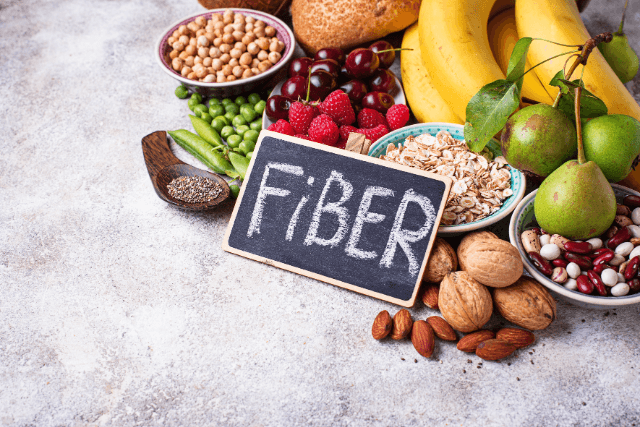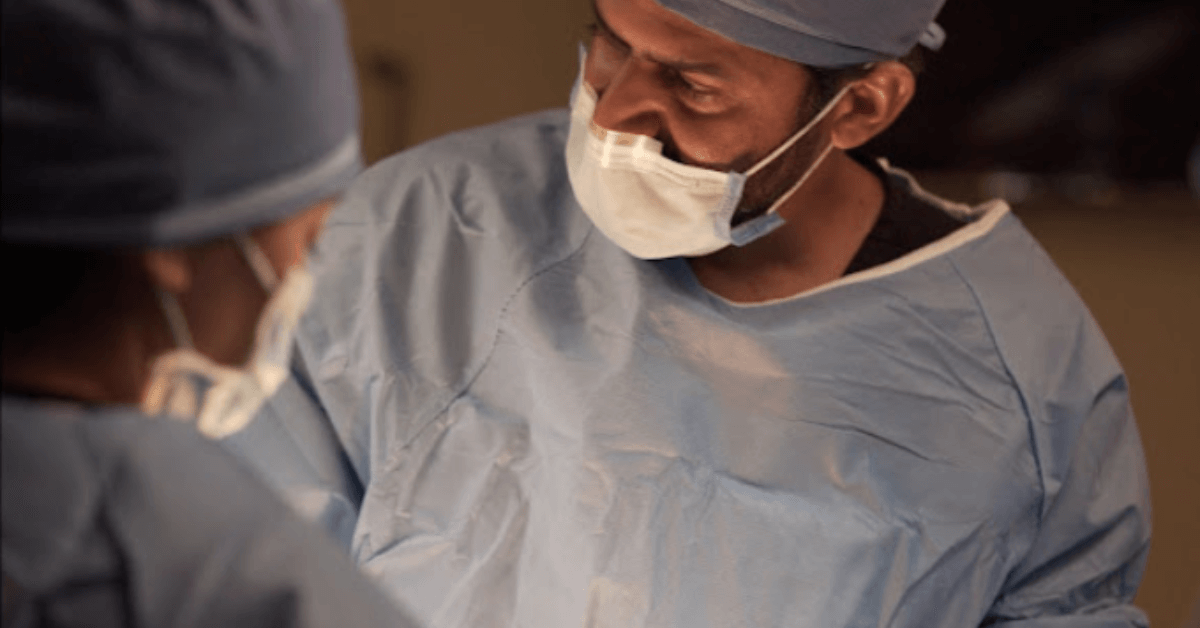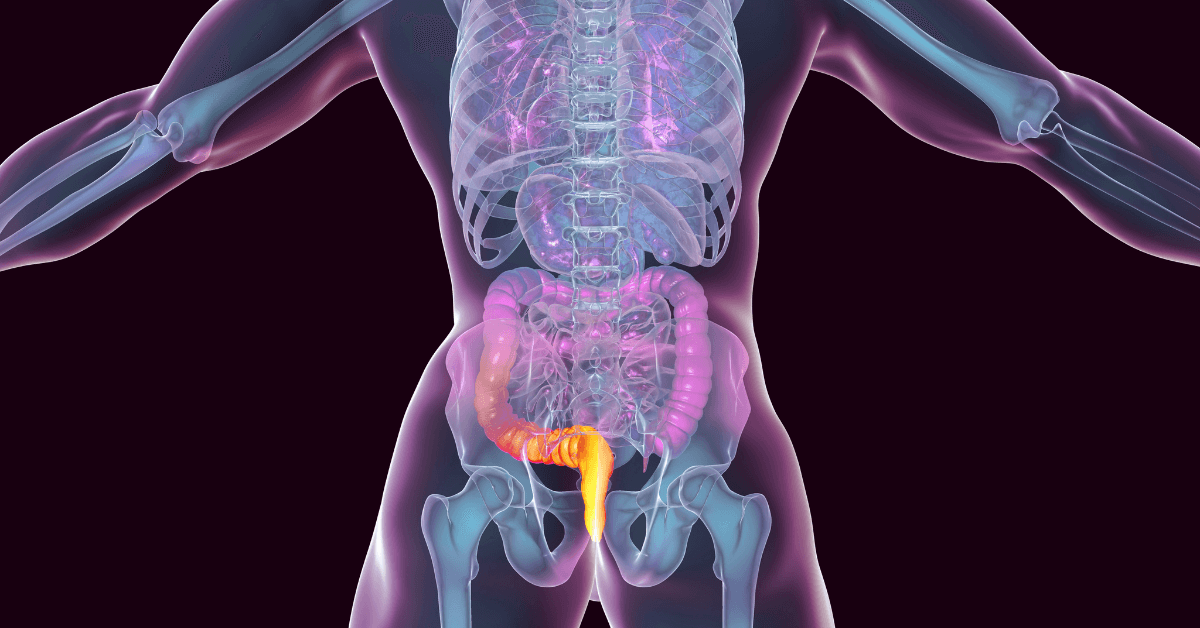If you’ve recently undergone SiLaC® (Sinus Laser-assisted Closure) treatment for a pilonidal cyst, you’re likely eager to return to normal activities and enjoy a pain-free lifestyle. SiLaC® has become a highly effective, minimally invasive option for treating pilonidal cysts, offering faster recovery and fewer complications than traditional surgical methods. However, the success of your recovery largely depends on how well you follow Post-SiLaC® care instructions.
In this blog, we will guide you through essential Post-SiLaC® care tips to ensure a smooth and speedy recovery. From pain management to hygiene and dietary recommendations, you will find all the necessary advice to help you heal quickly and avoid complications.
What is SiLaC® Treatment for Pilonidal Cysts?
Before diving into the details of Post-SiLaC® care, it’s important to understand the treatment itself. SiLaC® (Sinus Laser-assisted Closure) is a minimally invasive procedure used to treat pilonidal cysts, which are abnormal pockets of skin filled with hair and debris located near the tailbone. The SiLaC® procedure uses laser technology to close the sinus cavity, effectively eliminating the cyst and preventing it from recurring.
Unlike traditional surgical methods, which often involve significant incisions and a lengthy recovery process, SiLaC® is designed to be less invasive, resulting in reduced pain and faster healing. This makes it an appealing option for those dealing with pilonidal cysts, especially those who wish to avoid the risks associated with more invasive surgeries.
Why Post-SiLaC® Care is Essential for Recovery
Although SiLaC® is a less invasive option compared to traditional surgery, Post-SiLaC® care is still vital to ensure a full recovery. Proper aftercare can reduce the risk of infection, minimize pain, and speed up the healing process. Whether your pilonidal cyst was simple or complex, your body will need time to heal, and proper care during this time is key to achieving the best possible results.
By following the correct aftercare guidelines, including maintaining good hygiene, managing pain, and preventing infection, you can ensure a smooth and speedy recovery.

Key Tips for Faster Healing
In order to achieve a smooth recovery after your SiLaC® treatment, it’s important to follow a few key Post-SiLaC® care steps. These tips are designed to speed up your recovery and help you get back to normal activities as soon as possible.
1. Hygiene: A Crucial Step in Recovery
One of the most important aspects of Post-SiLaC® care is maintaining proper hygiene. Since the treated area is sensitive and healing, it is essential to keep it clean to prevent infection.
- Gentle Cleaning: After each bowel movement, clean the affected area gently with lukewarm water. Avoid harsh soaps or wipes that may irritate the area. Opt for a mild, unscented soap or just water to rinse.
- Avoid Rubbing: After cleaning, avoid rubbing the area. Gently pat the area with a clean towel or let it air dry. Rubbing can cause irritation and delay healing.
- Warm Sitz Baths: Taking warm sitz baths multiple times a day can help soothe the area, promote blood circulation, and support the healing process. It’s also an excellent way to keep the region clean without causing discomfort.
2. Pain Management for Post-SiLaC® Care
Although SiLaC® is minimally invasive, some discomfort may occur after the procedure. Managing pain effectively is a vital part of Post-SiLaC® care to ensure a smoother recovery.
- Pain Relief Medication: Your doctor may prescribe medication to manage pain or recommend over-the-counter pain relievers like ibuprofen or acetaminophen. Follow the prescribed dosage to minimize discomfort.
- Topical Anesthetics: In some cases, topical numbing creams or ointments can be applied to reduce pain and swelling. These are especially helpful if you’re experiencing localized pain at the site of the cyst.
- Cold Compress: Applying a cold compress to the area for 10-15 minutes at a time can provide relief from pain and swelling.
3. Preventing Infection During Laser Therapy Care
An important part of Post-SiLaC® care is preventing infection, as this can significantly delay recovery and cause complications.
- Sterile Procedures: Always wash your hands thoroughly before touching the affected area or changing any bandages. Use sterile materials to avoid introducing bacteria.
- Antibiotics: If prescribed, take antibiotics as directed to prevent infection. Even if you start feeling better, it’s essential to complete the full course of medication.
- Watch for Signs of Infection: Keep an eye out for symptoms like redness, swelling, increased discharge, or fever. If any of these occur, contact your healthcare provider immediately.
Post-SiLaC® Care: Diet Tips for Faster Healing
Diet plays a key role in Post-SiLaC® care by supporting your immune system and helping your body heal. Proper nutrition can also prevent complications like constipation, which could worsen the healing process.
1. Fiber-Rich Foods for Pilonidal Cyst Recovery
Eat plenty of high-fiber foods, such as fruits, vegetables, and whole grains. Fiber helps prevent constipation, which is essential during recovery, as straining during bowel movements can irritate the healing area.
2. Hydration for Fistula Recovery
Staying hydrated is crucial for maintaining soft stools and supporting bodily functions. Aim to drink at least 8 glasses of water per day to stay hydrated and support your body’s healing process.
3. Avoiding Spicy Foods During Post-SiLaC® Care
For the first few weeks after your SiLaC® treatment, avoid spicy or acidic foods that can irritate the digestive system. Opt for bland, easily digestible foods to avoid discomfort and support a smooth recovery.

Physical Activity and Rest for Post-SiLaC® Recovery
While it’s important to remain active during recovery, proper rest is just as essential. Following the correct balance of activity and rest will support your body’s healing process.
1. Avoid Strenuous Activity
Avoid engaging in heavy lifting, intense exercise, or activities that may put strain on the treated area for the first several days to a week after your procedure. This will help reduce any stress on the area and aid in faster healing.
2. Gradual Return to Activity
As you start feeling better, slowly ease back into your regular activities. Take your time, and avoid pushing yourself too hard. Gradually increasing your activity level allows your body to heal properly without causing strain on the treated site.
3. Prioritize Rest for Faster Healing
Don’t underestimate the importance of rest. Taking adequate rest allows your body to focus on healing. Listen to your body, and take it easy if you’re feeling tired or fatigued.
Follow-Up Appointments
Regular follow-up appointments are an essential part of Post-SiLaC® care. During these visits, your doctor will check for signs of complications or recurrence of the pilonidal cyst and make sure you are healing properly.
- Stay on Schedule: Be sure to attend all follow-up appointments. These visits give you an opportunity to ask any questions and receive personalized guidance to ensure proper healing.
- Monitor Healing Progress: Your healthcare provider will check the treated area to ensure that it is healing correctly and there are no signs of infection or recurrence. If necessary, additional care or adjustments may be made to your treatment plan.
Conclusion
Proper Post-SiLaC® care is crucial to achieving a smooth and speedy recovery after Pilonidal Cyst treatment. By following the tips outlined in this blog, you can reduce the risk of complications, speed up healing, and return to your regular activities faster. From maintaining hygiene and managing pain to eating the right foods and attending follow-up appointments, every step plays a vital role in your recovery.
SiLaC® has proven to be a highly effective treatment for pilonidal cysts, but the key to success lies in proper post-treatment care. Stick to your Post-SiLaC® care plan, and schedule a consultation with us if you have any questions or concerns during your recovery.



